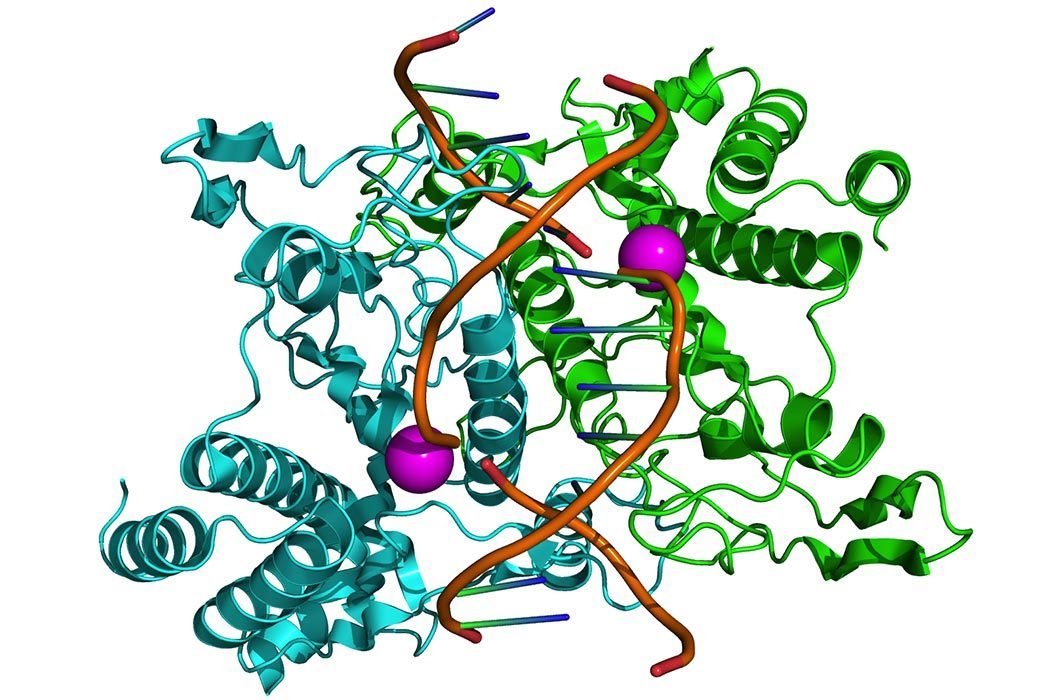A new genetic technique called CRISPR (Clustered regularly-interspaced short palindromic repeats) is poised to revolutionize genetic research and its applications. Using something called CRISPR-associated genes (Cas), the technique allows extremely precise cuts to be made in an embryo’s genome. So long as the target DNA (Deoxyribonucleic acid) sequence is known, synthetic single-stranded RNA (Ribonucleic acid) can be created to find and remove any section of DNA that the researcher desires (for an accessible explanation of the CRISPR process, see this primer from Johns Hopkins University). The CRISPR discovery earned Berkeley professor Jennifer Doudna a Breakthrough Prize from Facebook founder and CEO Mark Zuckerberg. However revolutionary this new development has become, what many may not know is its precedents. In 1978 a group of researchers earned the Nobel Prize for a new and interesting method for cutting DNA: restriction enzymes.
DNA is a tough molecule. Its structure and composition make it difficult to break precisely. Moreover, a complete strand is millions of base pairs long. Understanding something so large involves having manageable pieces to work with.
Restriction enzymes, also known as restriction endonuclease, were first used to chop up DNA by Kathleen Dana and Daniel Nathans in 1971. They quickly became instrumental in modern molecular biology. Restriction endonucleases recognize specific sequences in DNA (restriction sites) and cut both strands of DNA at those sequences. A restriction digest will take an entire chromosome and chop it at every restriction site, resulting in a varying number of pieces that depend on which enzyme is used and how many of that enzyme’s restriction sites are present. A process called electrophoresis uses a weak current to separate the resulting DNA fragments by size.
Dana and Nathans’ discovery had huge implications. By comparing fragment lengths using different restriction enzymes, the location of the restriction sites can be determined, and a rough map of the genome can be created. In bacteria, specific sequences (e.g., DNA segments containing antibiotic resistance genes) can be inserted between restriction sites to mark or study different bacterial strains. Smaller DNA fragments were used to identify useful DNA sections (e.g., repeating sequences) and to refine sequencing techniques.
Now, in only a few short years, CRISPR is poised to take over the DNA cutting business. If restriction enzymes are axes, CRISPR is a laser scalpel. Using CRISPR, experiments have successfully replaced genes in mice that cause a common form of muscular degeneration. Compared to that, restriction enzymes are primitive. And yet we shouldn’t undermine their importance. The completion of the Human Genome Project, which is a comprehensive sequencing of the entire genome, wouldn’t have been possible without restriction enzymes. But, as is the case with science, new developments and discoveries adjust our understanding. The era of CRISPR is an exciting time for geneticists.







